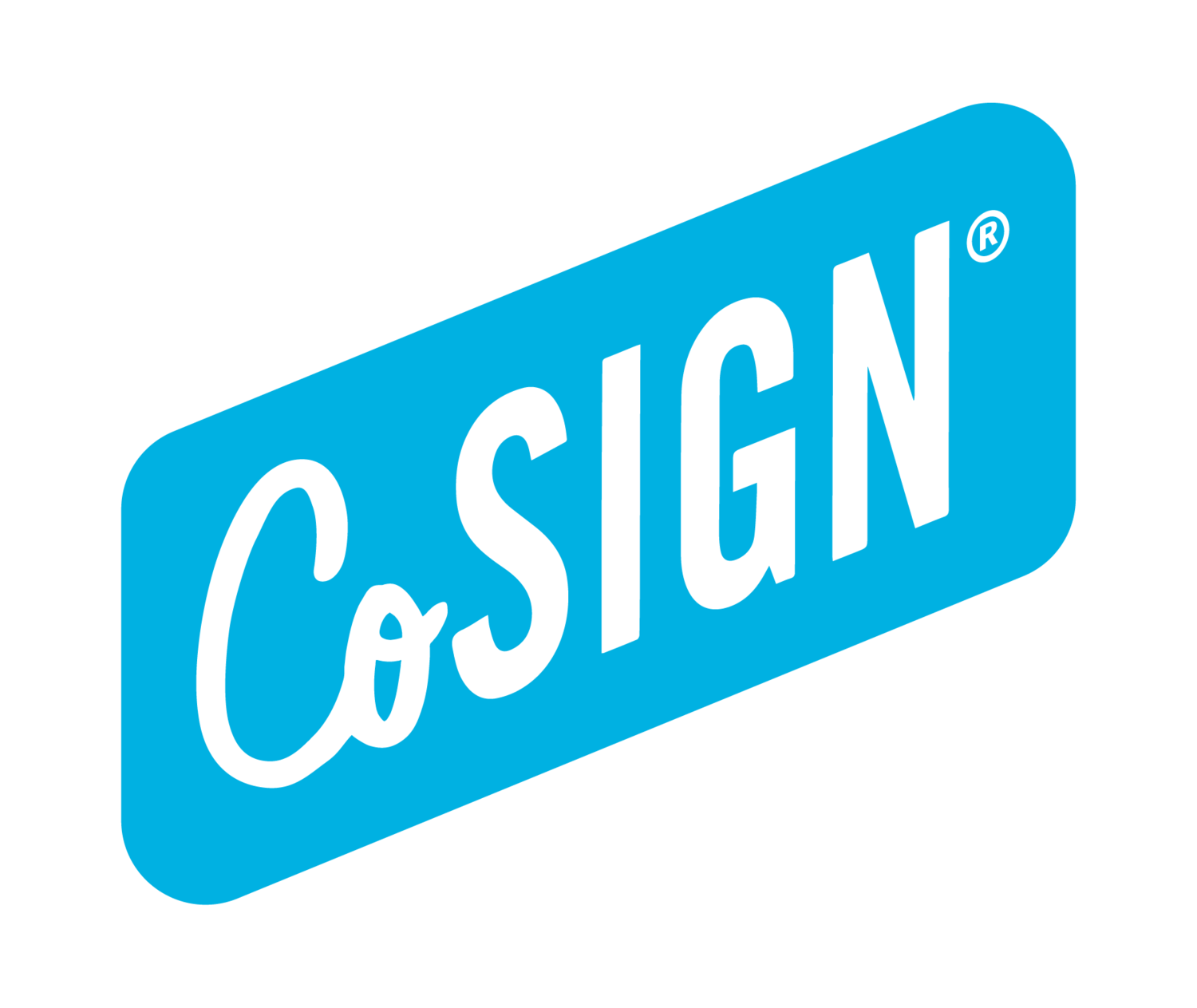PROGRAM HISTORY
CoSign began with a partnership between the American Sign Museum and the Haile / US Bank Foundation. The goal was to address the question, how can we create a sense of place with great signage? This core group of believers researched and tested the idea three times in the Cincinnati area between 2012 - 2015 and built the basic framework for the process. CoSign was well received by national funders and received ArtPlace America grant to develop and design a toolkit for continued replication.
Fast forward to 2016, when the American Sign Museum partnered with BLDG to design and launch the national program. Together, they developed curriculum, the training program, and physical toolkit to replicate Cosign in communities across the country.
So, how do we know it works? Check out our case studies below!
National Program
Historic Valley Junction - West Des Moines, IA
Valley Junction is a beloved shopping district located outside of downtown West Des Moines. Spearheaded by the Historic Valley Junction Foundation, an award winning National Main Street community design and installed 10 new signs on a crazy rainy day in October of 2018.
Iowa City, IA
In partnership with the Iowa City Development District, Iowa City was the first to complete the national pilot program and the first time we worked with a business improvement district. Fast and furious, Iowa City completed 12 new signs in August of 2017.
Greater Cincinnati: Research and testing
Covington - 2014
In 2014, CoSign moved across the river to Covington, KY whose business district presented a very different scenario. Eight signs were completed.
Northside 1.0 - 2012
The Initial CoSign created 11 signs in Northside - a very progressive community characterized by small, locally-owned businesses.





